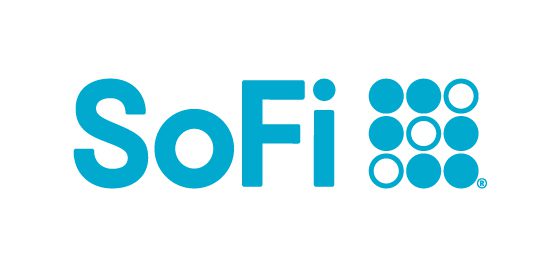
This week SoFi announced they have crossed $1 billion in total loans issued, a milestone they achieved in just over two years after issuing their first loan. This makes SoFi the fastest marketplace lending platform to achieve that milestone.
While that is a significant achievement, what is more impressive is the fact they have done this with no borrower defaults. Zero. They have issued 13,500 refinancing loans and every single one of these loans has either been paid off or is still in good standing. That is a record that no other online platform can come close to matching.
I chatted with SoFi CEO Mike Cagney earlier today to discuss this milestone and more. He told me that SoFi has been growing rapidly this year. Last month SoFi did $132 million in student loans and when you add in their new real estate and personal loans the total was up to around $150 million.
Home Loans Available from SoFi in Five States Today
Cagney discussed at length the home mortgage loans that SoFi is launching in several states this week. Initially SoFi will be available to mortgage borrowers in five states: California, New Jersey, North Carolina, Pennsylvania and Texas as well as Washington D.C. Massachusetts and New York should be added by the end of the year.
These loans are very different to what you will see on real estate platforms like Realty Mogul in that these are traditional home mortgages. These are not short fix-n-flip loans; these are long-term mortgages because people who are applying for loans on SoFi are intending to live in the home they buy.
SoFi is starting their disruption of the home mortgage industry with the application. Applying for a mortgage has traditionally been an incredibly onerous process, even more so given today’s tight underwriting standards. At SoFi they are trying to speed up this process and make it much easier for the borrower.
“Borrowers need to show six months of asset coverage on the loan. To do this they can simply take a photo of their pay stub and bank statement and email it to us,” said Cagney. Existing SoFi borrowers may not have to show any documentation at all if they have recently applied for a student loan.
The borrower profile will be very similar to SoFi’s student loan borrowers. We are talking about young people with good credit and high incomes; they go by the acronym HENRY: High Earners Not Rich Yet.
Opportunities for Investors
The interest rates on SoFi loans start at 3.25% for a jumbo loan with a 20% down payment and a Debt-to-Income ratio of less than 43% and go up to around 5% for an interest only loan with a 10% down payment. Their rates will be very competitive with the big banks – Cagney said their 7/1 Adjustable Rate Mortgage (ARM) is 3.25% which is right in line with what Wells Fargo charges.
While these loans are currently being funded by SoFi’s own balance sheet they do plan to make a real estate product available to retail investors in the near future.
Now, many investors might not be thrilled with these low single digit yields and Cagney is fully aware of that. The hook for retail investors is that they will also be able to participate in potential upside in the real estate backing these loans. Details of how this will work will be available soon.
IPO Coming Early Next Year
The Wall Street Journal reported yesterday that SoFi is planning an IPO early next year. This will make SoFi the third company in the space to go public behind Lending Club and OnDeck Capital, who will both likely complete their IPO some time this quarter.
The Journal reported that SoFi will be looking to raise $250-$300 million in their IPO. Cagney told me that they have been in talks with several investment banks already and are in a good position to go public early next year.
SoFi is Already Profitable
Despite issuing their first loan in 2012 SoFi will end this year solidly in the black. They expect to finish 2014 with around $40 million in revenue and around $8 million in EBITDA. Next year their projections are $100 million in revenue with around $30 million in profits that would make them one of the most, if not the most, profitable companies in the industry.
Their model is slightly different to Lending Club and Prosper in that they make no money on loan originations. All their money comes from the investor side of the business in the form of service fees or management fees. Cagney pointed out that this revenue is recurring and very predictable.
Like many of us Cagney is watching the Lending Club IPO very closely. He expects Lending Club to have a successful IPO thereby setting the stage for others, like SoFi, to follow suit.
Cagney was in New York this week and he stopped by the Bloomberg studios to record this interview discussing his new home mortgage product.


